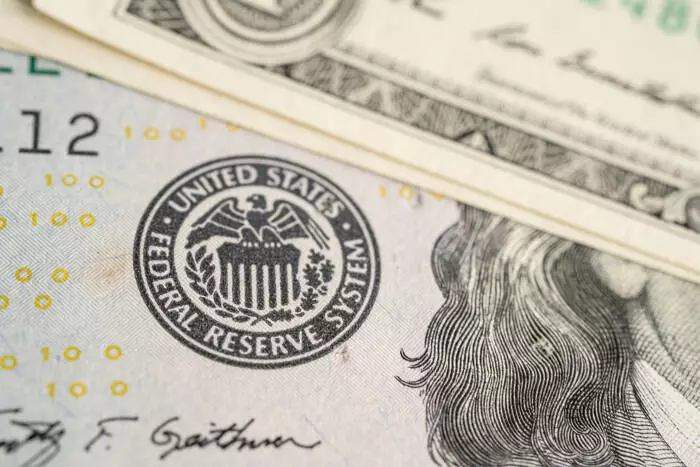In the realm of global finance, the tug-of-war between central bank maneuvers and economic signals is an omnipresent theme. As investors prepare for upcoming decisions from key central banks such as the Federal Reserve (Fed) in the United States and the Bank of England (BoE), their reactions will invariably hinge on economic projections, policy statements, and the nuanced language delivered at press conferences. The intricacies of these developments have a significant bearing on currency valuations, interest rates, and investor sentiment.
The U.S. economic landscape remains fragmented, creating uncertainties for the Federal Reserve. Investors will be keenly tuned into not only the updated economic forecasts but also the precise wording of the Fed’s interest rate statement. Fed Chair Jerome Powell’s commentary during the subsequent press conference will play a crucial role in shaping market expectations. A balancing act looms large, particularly following the latest inflation metrics and employment statistics.
With inflation remaining a concern but not at peak crisis levels, the prevailing sentiment is that the Fed might opt for a cautious approach. Current market pricing suggests an anticipation of more than 50 basis points in rate cuts within the year, indicating a dual 25-basis-point reduction in the upcoming meetings. Such scenarios will be influenced heavily by employment trends and inflationary pressures.
Across the Atlantic in the UK, the BoE is expected to maintain its Bank Rate at 5.0%, a decision that follows a recent reduction of 25 basis points in August. Governor Andrew Bailey has stressed the importance of curtailing inflation while also exercising prudence to ensure the pace of rate cuts does not undermine economic stability. This cautious optimism surfaced during his comments at the recent Jackson Hole Economic Symposium, where he underscored the necessity of patience in monetary policy adjustments.
Economic data leading up to the BoE’s decision shows mixed signals, with CPI inflation for July revealing a modest uptick to 2.2%, while core inflation showed slight cooling. Investors will focus intently on the accompanying rate statement post-announcement, particularly how dissenting votes may influence future monetary policy shifts.
The persistent fluctuations in inflation metrics further complicate the scenario. Markets are bracing for August’s CPI report, predicting stability in headline inflation. However, the core inflation figure is projected to rise, suggesting that underlying pressures remain potent. Elevated services inflation adds another layer of complexity, indicating potential strain on consumer spending and overall economic health.
As the UK navigates these inflationary challenges, the broader implications for consumer confidence and economic growth cannot be ignored. Real GDP growth figures present a sobering picture, with a recent flatlining in July despite overall growth in preceding months. As output from critical sectors like production and construction continues to falter, it raises questions about the sustainability of the current growth trajectory.
Turning to Japan, the Bank of Japan (BoJ) is also expected to hold its Policy Rate steady at 0.25%. After hiking rates earlier in July, discussions surrounding future policy adjustments remain in focus. The anticipated no-change at the upcoming meeting indicates a cautious approach, with most market participants expecting a gradual shift rather than aggressive maneuvers.
Swaps traders are speculating a possibility of rate hikes by year-end, positioning the BoJ in stark contrast to global peers who are largely leaning towards easing. Fitch Ratings has noted this divergence in policy decisions, suggesting a firm belief among BoJ officials that reflation is firmly cemented. The anticipated gradual rate increases signal potential shifts in forex markets, particularly affecting the Japanese yen’s strength against the U.S. dollar.
As the financial markets absorb these economic signals, a sense of caution envelops trading floors globally. Central banks are at a crossroads, burdened with the dual objective of managing inflation while supporting economic growth. The upcoming meetings will yield insights critical to understanding market dynamics and investor behavior moving forward.
In essence, investors’ reactions to these central bank announcements will likely hinge on the interplay of updated economic assessments, inflationary pressures, and strategic communication from central bank leaders. The global financial ecosystem stands poised for a series of pivotal moves, where every data point and statement could lead to substantial shifts in market sentiment and economic forecasts.

